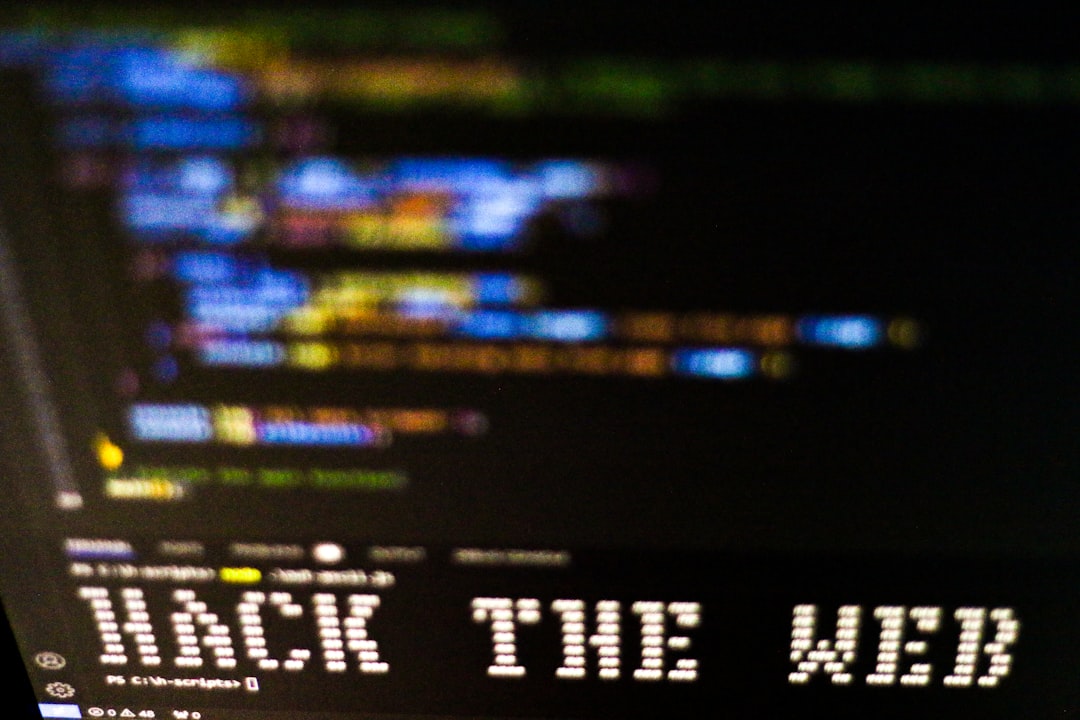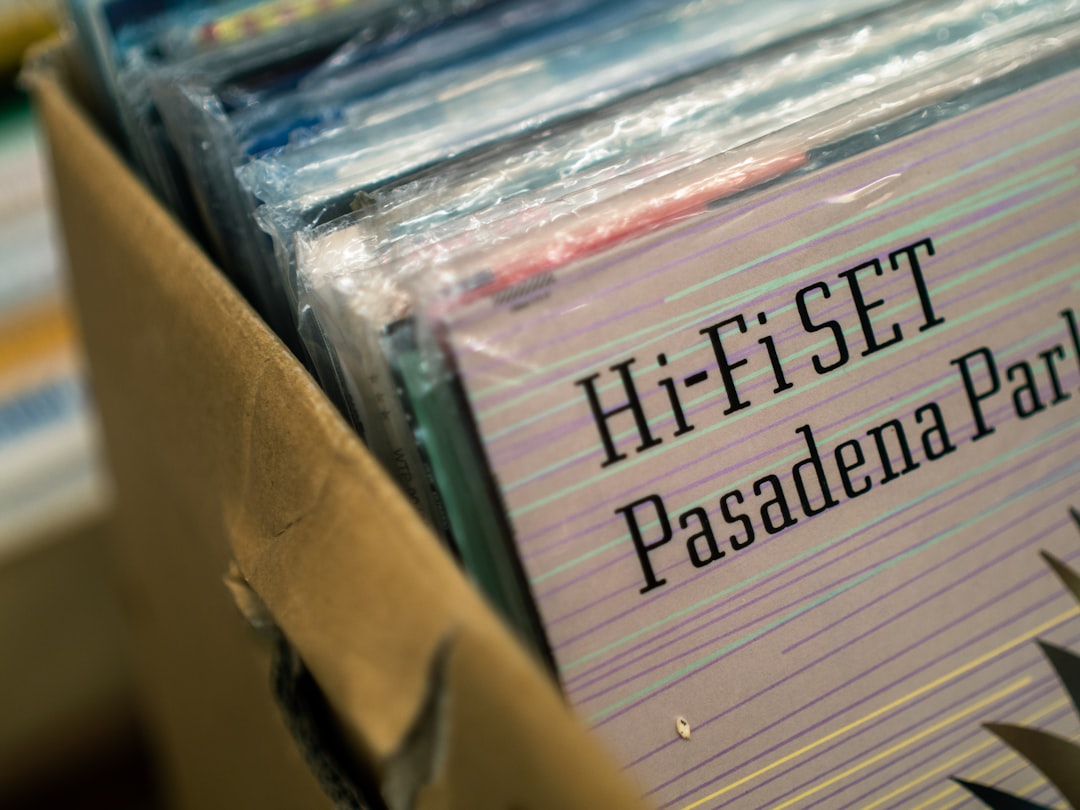So you’re setting up WordPress, dreaming of your new blog or epic store. You reach the setup-config.php page and then—*bam!*—an error! Don’t worry. You’re not alone. This setup file can be tricky. But today, we’ll make it easy and even a little bit fun.
Contents
What Is setup-config.php?
Before we get into the errors, let’s quickly explain what setup-config.php does.
When you install WordPress, it guides you through linking the site to your database. The setup-config.php file is part of that process. It helps you create the wp-config.php file. This file tells WordPress where your database lives and how to connect to it.
Without a working wp-config.php file, your WordPress site won’t work.
Common Errors and How to Fix Them
Let’s walk through the most common setup-config.php errors. We’ll explain what each one means and how to fix it fast.
1. “Error establishing a database connection”
This is the big one. Almost every beginner hits this wall at some point. It means WordPress can’t talk to your database. Not great.
Here’s how to troubleshoot it:
- Check your database name — In the setup-config.php form, make sure you typed the correct database name.
- Check your username and password — They must match exactly what your hosting provider gave you.
- Check the database host — Most hosts use “localhost”, but some don’t. Contact your host to confirm.
Pro tip: Even one wrong letter will break the connection. Double-check everything.

2. “Can’t select database”
You’ve got the database connection right, but now WordPress is saying: “Can’t select database.” Very annoying.
This usually means one of these things:
- You typed the wrong database name.
- The database hasn’t been created yet.
- Your MySQL user doesn’t have permission to access the database.
How to fix it:
- Login to your hosting control panel (like cPanel).
- Go to MySQL Databases and make sure the database exists.
- If not, create it.
- Assign your MySQL user to that database, and give it All Privileges.
3. PHP Errors: “Parse error” or “Unexpected” something
These are scary-looking errors. They usually show up after you edit the wp-config.php file manually. Maybe you made a typo. Maybe you left out a quote or a semicolon. Don’t panic.
Look for these common mistakes:
- Missing quotation marks:
'your-db-name(missing the closing quote) - Extra or missing commas or semicolons
- Invisible white spaces or weird characters
How to solve: Open the wp-config.php file in a code editor (not Word or Notepad!). Use something like VS Code or Notepad++. Check the exact line the error is pointing to. Slowly go through and fix any typos.
4. “Sorry, but I can’t write the wp-config.php file.”
Oof. Setup-config.php wants to help you by writing the configuration file. But it doesn’t have permission.
Why?
This happens if the WordPress folder doesn’t allow writing new files. It’s a file permission problem.
Here’s what to do:
- Open your FTP client (like FileZilla).
- Go to your WordPress root folder.
- Right-click the folder, choose File Permissions.
- Temporarily change to 755 or 775.
Still not working? WordPress lets you copy the code it was going to write. Just open any plain text editor, paste it in, and save it as wp-config.php. Upload it to the WordPress folder.

5. Blank Page After setup-config.php
You click to move forward in setup and then… nothing. Just a blank white page. No errors, no messages.
This is known as the “White Screen of Death.” It can be caused by lots of things, but during setup, it’s usually a PHP error.
Try these steps:
- Make sure your hosting supports the PHP version WordPress needs (check with your host).
- Enable debug mode — open wp-config.php (if it exists) and add:
define('WP_DEBUG', true);This will help show the error on screen, so you can fix it directly.
Pro Tips to Avoid setup-config.php Problems
Now that you know how to fix the issues, let’s talk about avoiding them in the first place.
- Always copy-paste usernames, database names, and passwords. It’s easy to mistype.
- Use a reliable host that supports WordPress well. Not all hosts are equal.
- Don’t rush! Take your time while filling out the form. It saves more time than fixing errors later!
Advanced Tip: wp-config.php Location
Did you know you can move the wp-config.php file one folder up from your WordPress installation? This adds a layer of security.
If your site’s root is /public_html, you can put wp-config.php in the folder just above it. WordPress will find it.
When All Else Fails
Still stuck? Here’s your action plan:
- Delete everything from your web directory (except the database).
- Download a fresh copy of WordPress from wordpress.org.
- Upload it again.
- Run the setup-config.php wizard from scratch.
Sometimes starting fresh is faster.
You Did It!
Errors with setup-config.php can be frustrating. But now you know how to fix them like a pro. You’ve got this! WordPress setup is just one hill on your exciting online adventure.
So get your wp-config.php right, and start building something awesome. 🎉

